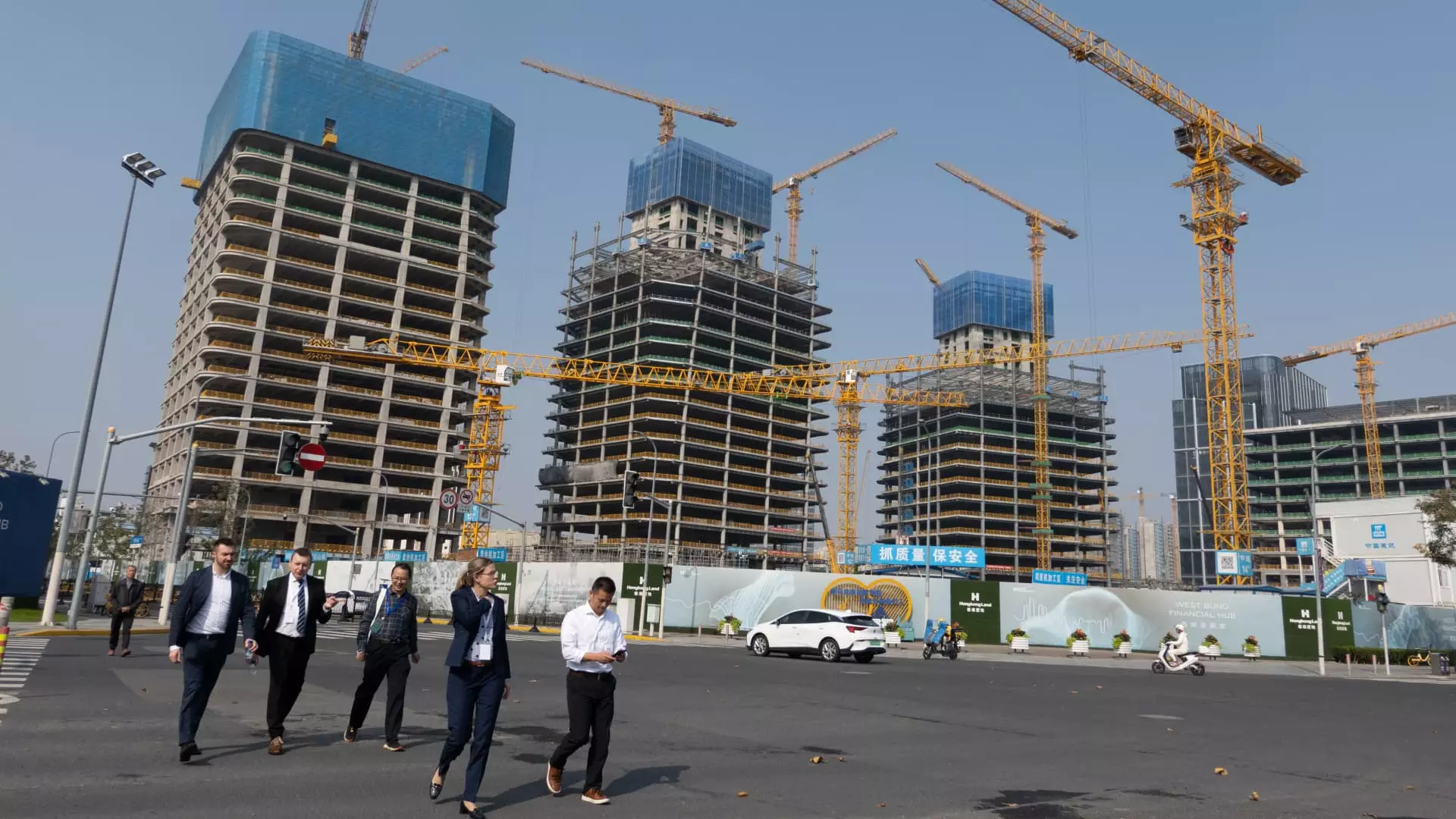As China approaches a pivotal moment in its economic policy, anticipation grows surrounding the announcement of new stimulus measures following the conclusion of a five-day parliamentary gathering. The Chinese government has been increasingly vocal about the need for fiscal and monetary strategies to combat prevailing economic challenges, particularly the downturn in the real estate sector. President Xi Jinping’s leadership is evident in the call for robust intervention, echoing the sentiments of fiscal supporters within the government.
Recent stock market reactions reflect investor confidence, driven by the government’s commitment to bolster the economy. However, the timing and extensiveness of these measures remain to be seen, raising questions about the balance between stimulating growth and managing national debt.
The Chinese real estate market has long been a fundamental pillar of its economy, contributing significantly to local government revenues. Unfortunately, the ongoing slump has created a vacuum, leading officials to explore new strategies for revenue generation. As local governments grapple with pandemic-related expenses and the fallout from decreased land sales, the urgency for a reconsideration of debt strategies becomes evident. Finance Minister Lan Fo’an’s emphasis on addressing local government debt signals a critical move to restructure financial obligations while paving the way for greater fiscal freedom.
Data suggests that the hidden debt burden on local authorities could range from 50 trillion to 60 trillion yuan, a staggering figure that underscores the necessity for effective remediation strategies. Analysts anticipate that forthcoming measures might allow local bodies to issue an additional 10 trillion yuan in debt, directly targeting the aforementioned hidden obligations. Such steps could yield significant savings in interest payments, potentially reversing some of the fiscal pressures faced by provinces.
The geopolitical backdrop adds another layer of complexity to China’s economic strategy. The recent U.S. elections, which resulted in Donald Trump maintaining his position amid threats of increased tariffs on Chinese exports, necessitate a cautious approach from Beijing. Analysts suggest that the Chinese government may be spurred into action to present a united front and reinforce economic resilience against external pressures.
Yet, there remains an air of skepticism within the policymaking community; some experts warn that while government intervention is essential, it may not extend directly to consumer support. The delicate balance of stimulating growth without exacerbating fiscal imbalances is a tightrope walk for the National People’s Congress and its decision-makers.
Looking Ahead: The Road to Recovery
As China prepares for the announcement of its latest economic stimulus measures, critical questions linger regarding their scale and effectiveness. While there are strong indications of an intention to ramp up fiscal support, the nuances of policy implementation will be pivotal in determining the trajectory of recovery.
The interplay of domestic needs and global circumstances will shape policy decisions in the coming months. Observers of the Chinese economy will be closely watching how these developments unfold, particularly in relation to local governance and real estate dynamics. Ultimately, the success of stimulus packages hinges on thoughtful execution and an acute awareness of both the country’s economic vulnerabilities and the international landscape.

